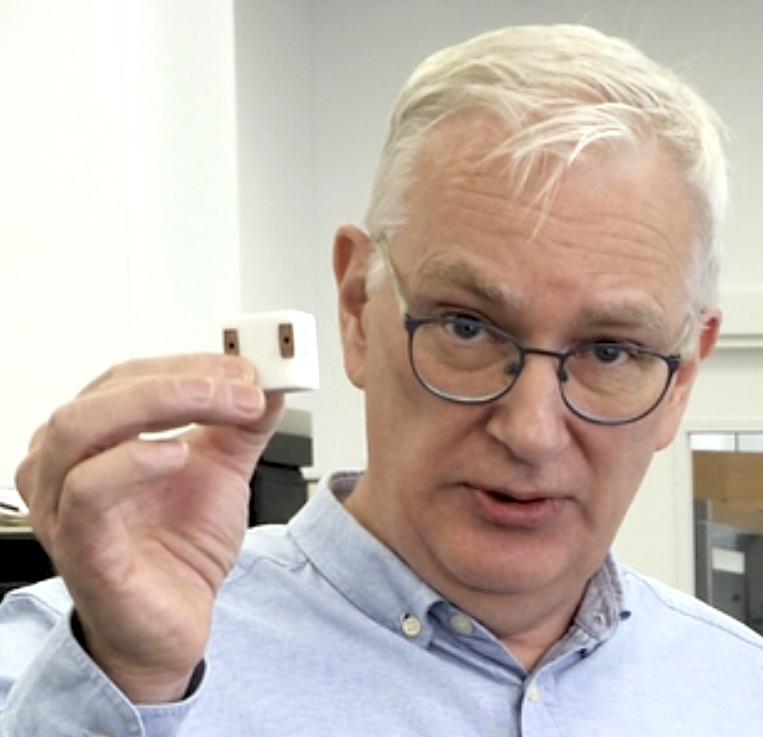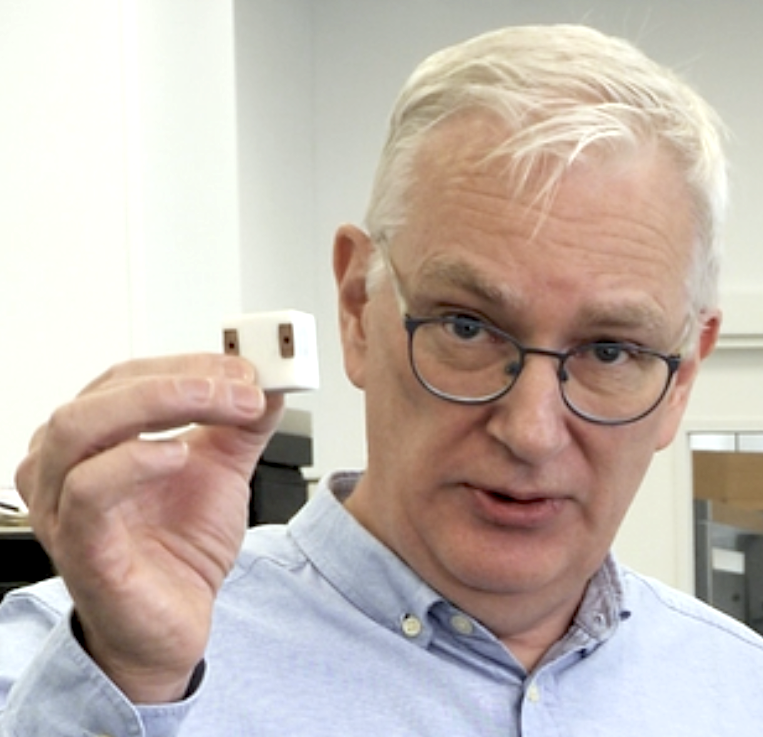
I am joined today by Rob Gwynne, Founder and CEO of QPT. He is a genuine polymath as his technical experience spans digital, analogue, mixed signal and RF electronics, EMC, radar, DSP, FPGA, software development (embedded, drivers, application level), advanced PCB layout and simulation, optics, precision instrumentation, motion control, power systems and plasma physics!
Rob, I read on your website that you are going to change the world of electric motors for the better and help the planet. How are you going to do that?
Cutting the use of fossil fuels is vital to fight climate change. We are a clean tech company dedicated to improving electrical efficiency. We have focused on electrical motors as they consume 45% of the world’s energy according to the International Energy Agency (Energy-Efficiency Policy Opportunities for Electric Motor-Driven Systems). The trouble is that, rather like a car engine is tuned for efficiency in the middle speed range being an average of usage conditions, motor drives are also fine-tuned. However, this sweet spot is at maximum load and electric motor VFD (Variable Frequency Drive) manufacturers quote circa 97% efficiency. The efficiency actually drops off by up to 50% as the load decreases so, in real world condition where the load can vary considerably, there is a lot of power being wasted because the motor drive is not operating efficiently.
So, it is rather like the difference between the fuel consumption of a car running at a steady 50 MPH which is optimal for the engine and a car running a real world, urban cycle of different speeds and starts and stops?
Exactly. It is never questioned that 97% efficiency figure does not apply in lower load conditions. Not only have we found that it drops significantly but we have also found and patented a solution. Excitingly this enables electric motor drives to deliver 99.5% efficiency at full load range but, more importantly, the efficiency at lower loads is significantly higher than any current solutions.
That could have a phenomenal effect in reducing power usage if widely adopted. Why has this not been investigated before and what are the causes of the inefficiencies?
The controls for electric motors have hardly changed for many years. If you believe that you have achieved 97% efficiency, why would power engineers waste time and money trying to improve near perfection?
The inefficacies arise when the voltage is chopped to create the changing in frequency that is used to drive the motor. This is called a Variable Frequency Drive (VFD). Traditionally, normal silicon or Silicon Carbide (SiC) transistors are used but these are slow to switch resulting in high, switching energy losses.
The key to the losses is that Si and SiC transistors have body diodes that need to be charged and discharged on every switching cycle of the power converter, wasting energy on every cycle which is why there is low efficiency of these converters at low output power. Try and drive them faster and these losses become greater. This, together with the switching loss due to slow switching, forces engineers using Si and SiC transistors to run the converters at low frequency as the charging/discharging losses become unacceptable at higher frequencies.
People have tried to use Gallium Nitride (GaN) transistors at MHz switching speeds compared to the usual 10-100 KHz to try and create smaller, more efficient and reliable drives. But, at these much higher frequencies, RF emissions become a problem and the designs would not pass EMI compliance testing unless you throttle back the speed which negates the benefits of using GaN.
So how do you solve that?
That’s where my broad skill set comes into play. Power engineers are focused on being an expert in one field and have developed skills and design approaches that work at 10-100Khz switching which is where Si and SiC transistors operate. However, I was also able to look at the problem as an RF engineer and create a solution that enables the GaN transistors to be run at their full potential of up 20 MHz with nanosecond switching with no heat or EMI issues.
As a result, our VFD module enables motors to be driven at up to 99.7% efficiency at peak load and to save significant power at lower loads compared to existing solutions. In real world operating conditions with variable loads, we estimated that this could provide savings in power consumption of 10% or more compared to current products. This comes from the faster switching speeds of GaN transistors and that they do not have the body diodes inherent in Si and SiC transistors that are a major energy loss as they charge and discharge.
I have done a number of videos that go into all the different aspects of this technology that are available on the website www.q-p-t.com
Do you have products?
Yes, we have modules available for evaluation. They form a drop-in replacement for existing 20 KW motor control modules. These are used in so many industries such as heat pumps, industrial motors and electric vehicles. Widespread adoption of our technology by them could significantly reduce energy costs and CO2 production and its impact on climate change. This will be helped by there not being any significant difference in the cost of using our technology over the existing, plus we provide up to 10% reduction in energy running costs! I passionately believe that this is an effective way to reduce climate change.
Also Read:
Defacto Celebrates 20th Anniversary @ DAC 2023!
Optimism Prevailed at CEO Outlook, though Downturn Could Bring Unpredictable Challenges
CEO Interview: Dr. Sean Wei of Easy-Logic
Share this post via:






Flynn Was Right: How a 2003 Warning Foretold Today’s Architectural Pivot